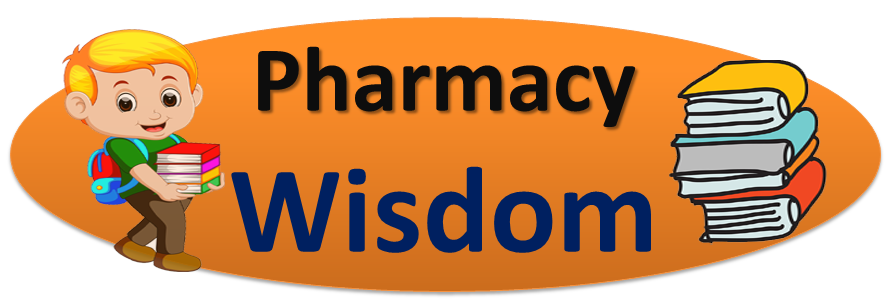
Drug tolerance & interaction
Drug tolerance & interaction
Content
• Drug interactions
• Drug food interactions
• Drug tolerance and dependence
Intended Learning Outcomes
At the end of this lecture, student will be able to
• Describe drug interactions
• Give examples for drug interactions inside/outside the body
• Explain drug tolerance and dependence
Drug Tolerance
Mechanism of Development of Tolerance
• Pharmacokinetic (Disposition)
– Decreased intensity & contact between drug and target tissue
– Barbiturates on repeated adm – enzyme induction
– Tumor P –gp: pump out anticancer drug
• Pharmacodynamic (Functional)
– Target tissue sensitivity/ R downregulation
– Morphine/ alcohol/ barbiturate
• Tachyphylaxis
Drug Dependence
• Psychic (sometimes physical) state
• Include compulsion to take a drug on continuous/ periodic basis
• To experience psychic effects
• In absence – withdrawl symptoms
• 3 types:
– Psychic: Feeling of satisfaction
– Physical: Achieves adaptive state
– Combined
Examples of Dependence
• Psychic + Physical
– Morphine, heroin, alcohol, barbiturate, nicotine
• Psychic + mild physical
– Nalorphine, levallorphan, amphetamine
• Only psychic
– Cocaine, LSD, psilocybin
Drug interactions
• Result from use of 2 or more drugs
• Enhanced/ diminished effect
• Useful – Synergistic combination
• Harmful – Numerous
• Inside the body
• Outside the body
Drug interactions - Outside the body
Use of wrong vehicles for infusion
• No drug to blood plasma, AA, fat emulsion, NAHCO3, mannitol
• Highly acidic solutions (dextrose, fructose): Unsuitable for Na/ K salts of weakly acidic drugs
• Isotonic saline: suitable for more drugs
Drug interactions - Inside the body - Pharmacokinetic
Absorption
• Form complexes in gut
– Sucralfate reduces BA of phenytoin
• Altering gastric pH (alters solublity)
– NaHCO3 affects Tetracycline
• Modifying gut motility and gastric emptying
– Antimuscarinic, opioids
Distribution
• Strongly bound – remain inactive
• Displacement reactions
• Increases pharmacologically active form
• Clofibrate displaces warfarin
• Salicylate displaces tolbutamide
Drug Transport
• Guanithedine transported by NA Transport System
• Inhibition by Imipramine: Interfere with antihypertensive action of Guanithedine
Drug metabolism
• Enzyme inducers and inhibitors
Drug excretion
• Facilitated / interfered
Interactions at Receptor Site
• Acting on same receptor site/ different
• Tubocurarine & AG – increased NM blockade
• Morphine + barbiturates – Increased CNS depression
Changes in electrolyte and fluid balance
• Drugs decreasing potassium may potentiate the effect of digitalis
Summary
• Drug tolerance: Pharmacokinetic (Disposition) & Pharmacodynamic (Functional)
• Drug interactions are possible inside/outside the body
• Drug dependence 3 types:
– Psychic: Feeling of satisfaction
– Physical: Achieves adaptive state
– Combined








0 Comments: